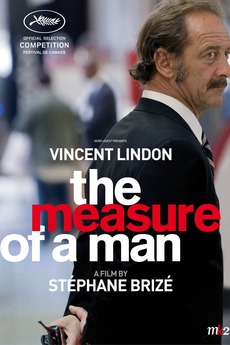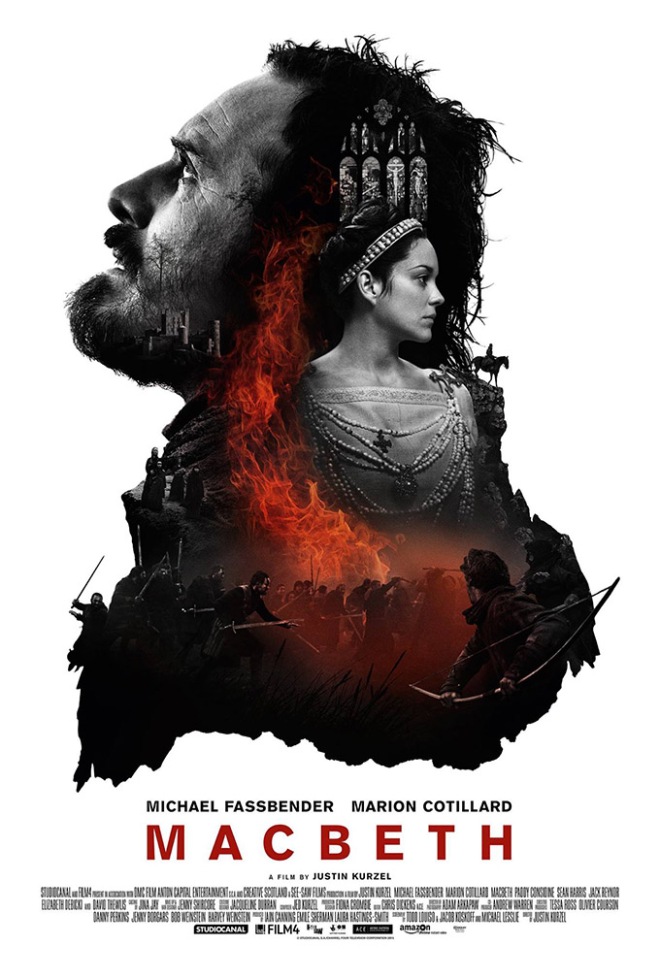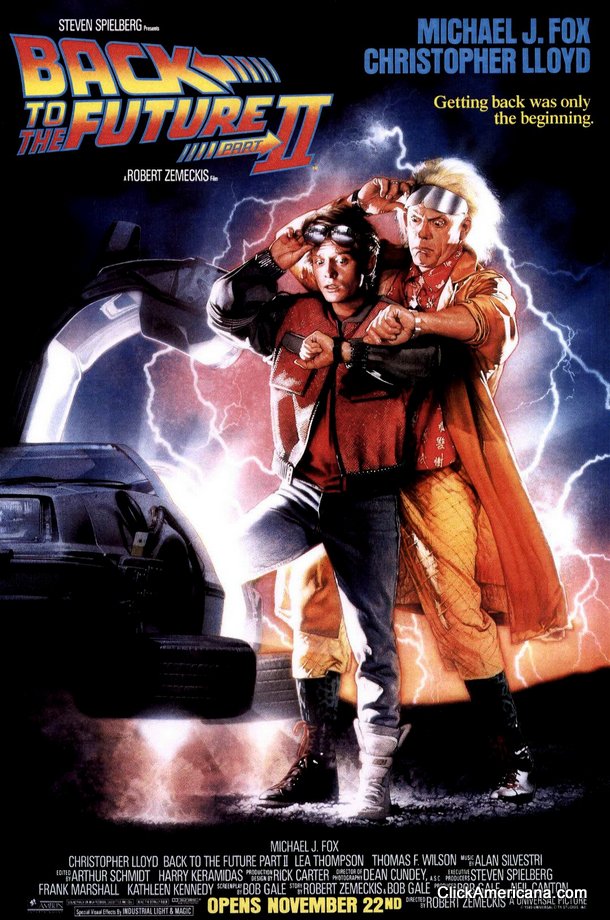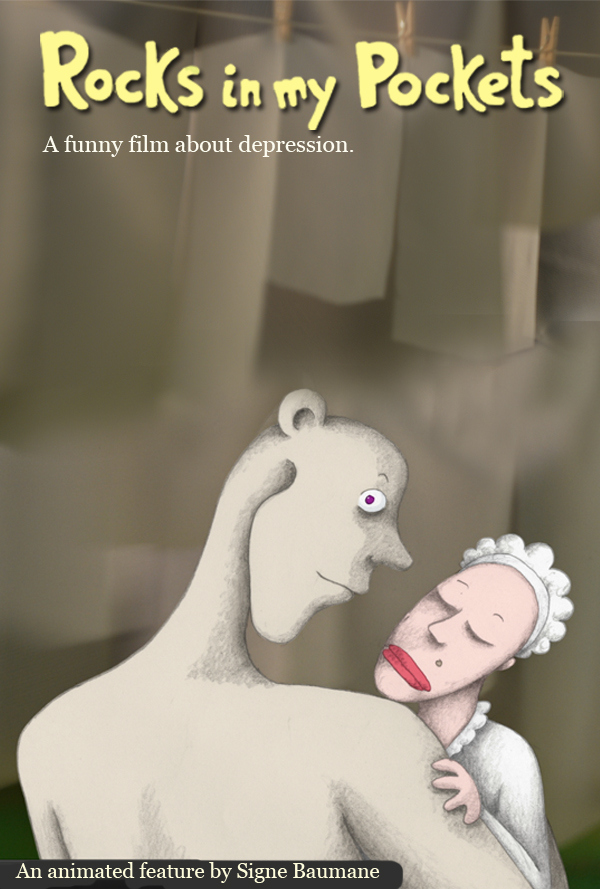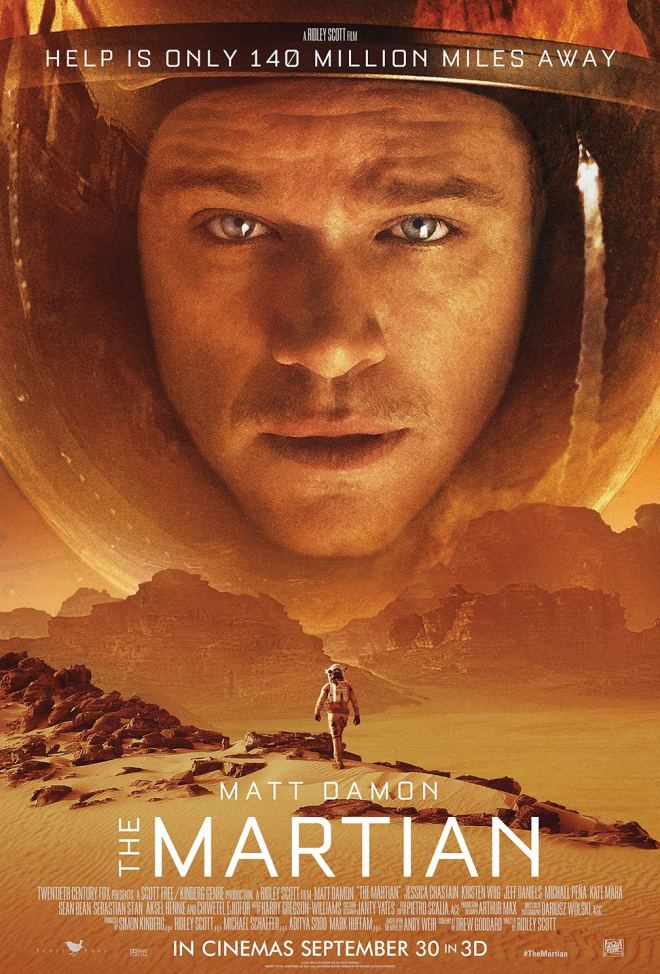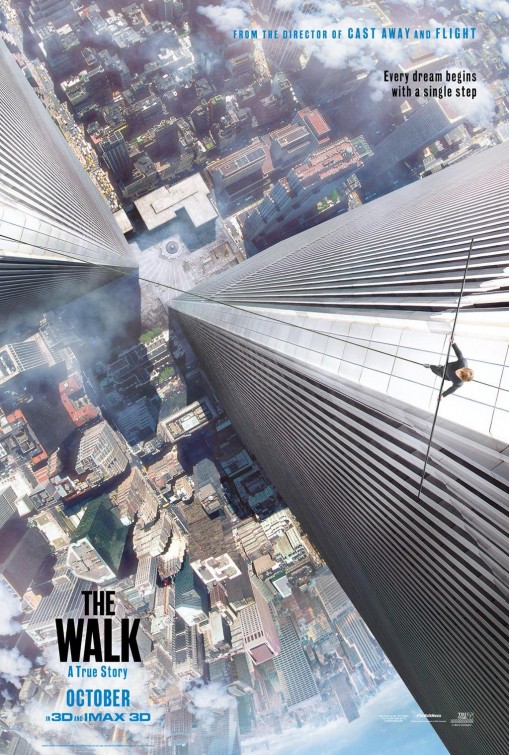Dir: Stéphane Brizé
Starr: Vincent Lindon, Karine de Mirbeck, Matthieu Schaller
Viewed: Filmhouse, Edinburgh (Screen 1)
An award-winner at this year’s Cannes Film Festival, the latest gut-wrenching work from Stéphane Brizé is a beautifully underplayed human drama, resistant to the increasingly melodramatic connivances that have begun to undermine similar work from the Dardennes brothers. Brizé is assisted by a strong central turn from Vincent Lindon as the put upon, recently redundant, father of an academically gifted disabled son. The hang dog expression of stolid defiance that Thierry increasingly comes to adopt is a world away from the twinkle-eyed lover he played in Claire Denis’ superb Vendredi Soir (2002), and it speaks of Lindon’s impressive range that he can go from the immediate and sensual intimacy of that film, to the detached voyeurism of this, whilst proving equally adept in both roles.
Mia Madre by Nanni Moretti, which also featured strongly at this year’s Cannes, poked fun at the kind of politically engaged, leftist, humanist cinema that Brizé’s work embodies. The director within Mia Madre is making a film about trade union politics and workers’ rights. The insinuation in Moretti’s film is that the director has long since moved away from the preachy politics of such films and now has a degree of worldliness to see these types of films as frauds. It could be instructive for Moretti to pay close attention to Brizé as here is a filmmaker who makes incisive, politically acute films about workers relations to employers, and the political institutions that perpetuate cycles of poverty and unemployment. Crucially Brizé does all of this whilst delivering a taut, formally intriguing and subtly underplayed morality play/character study. I know which of the two films I felt more in tune with. Lindon plays Thierry, a manual labourer who has been let go from long-term employment at an age where it is difficult for him to find new work. Thierry has a loving wife, who appears to be the full-time carer for their disabled son. The son is intelligent and academically ambitious, but heavily physically impaired to the point where his father has to assist him in getting dressed. Thierry needs to find work to ensure he can pay off the last few years of the mortgage upon the family home, as well as seeing to it that his son can get to study his preferred subject at a costly University. Whereas the Dardennes somewhat preposterously boiled down Marion Cotillard’s impending redundancy to a few glib psychological issues and the social politicking of a ridiculous 48 hour timeframe, Brizé embeds his audience within a much longer period of time, effectively a year in Thierry’s life. Rather than this extended timeframe making the drama seem ponderous and over-long, Brizé’s plotting and formal decisions draw the viewer in to a compelling and complex moral dilemma.
Thierry eventually finds work as a security guard in the supermarket of the French title. At this halfway point in the film Brizé chooses to shift the action from a conventional social-realist domestic drama, to a voyeuristic CCTV reality show, in which the supermarket comes to act as a microcosm for all that is fundamentally wrong in the consumer-capitalist culture of the 21st century. It is bravura filmmaking that acts as a direct and defiant riposte to Moretti’s sanctimonious and solipsistic posturing. Not only does the film work as a brilliant political drama, but it also has some of the most cruelly funny and affecting scenes I’ve seen in any film this year. Again, whereas Moretti’s comic drama was over-reliant upon the gurning and mugging of John Turturro’s preening Hollywood actor caricature, here Brizé mines discomfiting comic gold from the excruciating realities of hunting for jobs in a modern marketplace where employers hold most of the cards. During an early Skype interview Thierry is instructed by the prospective employer about how to craft a better CV. Later on during a jobcentre workshop in which jobseekers watch each other’s interview technique and then group critique them, Thierry is taking to task for everything from his posture, to his inability to seem amiable. Lindon is superb in this latter sequence, as each piece of criticism serves only to amplify his feelings of inadequacy and vulnerability. Just following those hang dog eyes is sufficient to get the point.
One of the strongest scenes in a film packed full of arresting moments of human drama actually comes right at the opening to the film. Here Thierry is insistent in trying to communicate his sense of disillusionment with the jobcentre and their training courses. During this sequence we learn a lot about the main dynamics of the film and its characters. Firstly, there is the degree of inflexibility that defines Thierry’s outlook on finding work. Secondly, there is the institutional inflexibility that fails to adequately address Thierry’s job-seeking issues. Finally, there is the complexities and corruptions of a system that creates work for one sector of the population, by placing another sector of the population into pointless and wasteful training programs. The flawed platitudes that Thierry’s job officer keeps trying to peddle, echo the opaque personalisation of language in the supermarket workplace that Thierry eventually finds himself working within. Both conversations hold to the pretence of maintaining ‘niceness’, even when the situation and its frustrations demand the exact opposite. The degree to which Brizé stands above the likes of Moretti and the Dardennes, is in the subtle manner in which he allows the drama to carry both the central protagonist’s overt struggle and the possibility of a similar perspective in the antagonist. In that opening scene we don’t just see Thierry’s frustrating predicament, but also the constraints and protocols that prevent the job officer from actually communicating in a direct, humane and truthful way with Thierry. We see how institutional systems effectively negate the individual human being, whilst incessantly wittering on about the individual and their choices.
When the film veers into the surveillance culture of the supermarket then it becomes a scathing attack upon the flawed society that creates poverty traps and temptations and then condemns those who succumb to either. A repetitive over-shoulder shot of shoplifters and employees being marched down a corridor to an office where no good can come from the ensuing situation is the endgame for an overly condemnatory society. The supermarket uses its CCTV security system to scrutinise both customer and employee for evidence of any wrongdoing. The CCTV footage is inserted directly into large sections of the film, with Thierry and his fellow security guards manipulating the type of shot we see and the way these shots are edited together for maximum dramatic effect. Also, the security guards narrate what they are watching, which rapidly keys the viewer into how they should be seeing the society the film is presenting. There is a great degree of irony in the supermarket manager telling one of his employees – who has been keeping receipts thrown away by customers, so that she can use the voucher discounts on the back of them – that her actions have led to a breakdown in trust between them. As the CCTV inserts have made patently obvious, there was never any trust to breakdown in the first place.
The CCTV footage also operates as an incarnation of omniscience. The personal rigidity and inflexibility in Thierry is shown to have a direct corollary within the rigid and inflexible operating procedures of consumer capitalism, in which a young man thieving an i-phone charger is treated in the same manner as an elderly man stealing a cut of meat, or an employee hoarding discount vouchers that customers have chosen to throw away. All of these individuals have stolen, but the inflexibility of the consumer capitalist system, particularly at the point where it intersects with the justice system, doesn’t treat people as individuals, but simply treats them as ‘thieves’ and ‘not thieves’. Brizé’s decision to align Thierry’s own loosening and liberation with a forceful rejection of the dehumanising aspects of his job, points the audience toward the real object of condemnation, namely the culture and society that can create such heinous job situations in the first place. Literally every character in Brizé’s film has a carefully crafted backstory that slowly drips into Thierry’s central narrative. The overall effect of this wonderfully rich and textured approach to character is to highlight at all times the humanity of people in relation, and how that humanity is placed under unendurable pressure by the inhumane systems we have created to govern our social spheres.
